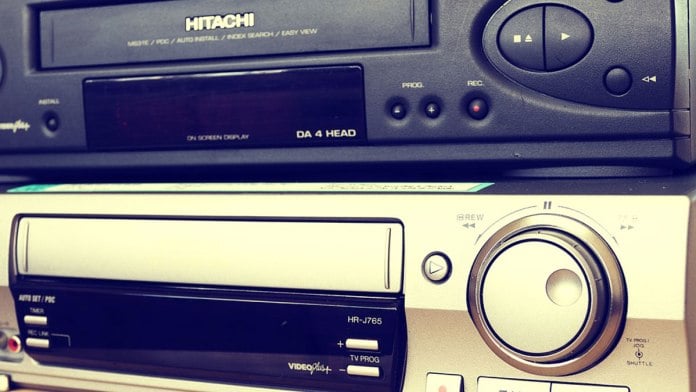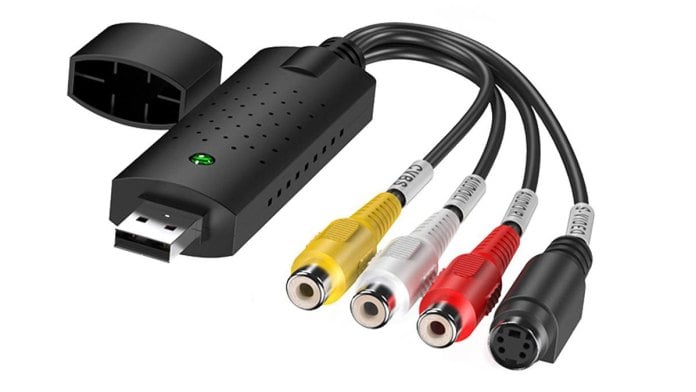When did you last use your VHS? Videotapes were a game-changer in the entertainment industry. They enabled individuals to have cutting-edge technology that enabled them to watch their favorite films and videos or watch the footage repeatedly. With technological advancement, VHSs have suddenly become obsolete, and no households use them.
However, there are movies and other videos you can only find on VHS. If you have your VHS collection stacked somewhere and you are wondering how to convert them into digital formats, you don’t need to look any further. This article will provide you with details about converting VHS to digital formats with ease. Please read on for the information.
Advantages of converting VHS to digital formats
There are many advantages you get when you convert your VHS into modern digital formats. Some of these advantages include the below.
-
Easy to view
Your VHS player might be working correctly, but you are not getting the required picture quality in your upgraded television. Some modern TVs also do not support inputs from the VHS player. Besides this, the VHS cases might be too bulky to store in your house. If you are experiencing such problems, it’s time to convert your VHS into digital formats for easy viewing. You can do this through the many converters as highlighted on this website. The process isn’t overwhelming as many people think. You only need your VHS tapes, a VCR player, a PC, and a capture card for the process.
-
Improved accessibility
There is no way you can change your VCR tape or delete it and upload another video. Once you buy it, you have to watch and re-watch the same video with the same format all the time. The digital formats enable you to do more. After converting your footage, you can edit, share or do other things with it while keeping the original format. That’s among the reasons most people will want to convert their VHS to digital formats.
-
Shareable
It’s easier to share converted content. Unlike before, when one had to borrow your VHS, you can easily copy the converted video to their flash disks or computers and retain yours. This idea enables you to share your videos with your friends and families with ease. Besides sharing the content physically, you can send it online via emails or drives, where the recipient can download and use them without inconveniences.
How to prepare your VCR and VHS for conversion
As highlighted above, you will need a VCR player, VHS, computer, and a capture card to convert your VHS to digital content.


The first step involves preparing your VCR, which most people term as the most challenging process. But is it? First, you will need to have your VCR. If you don’t have one, you can buy it or borrow it from your neighbor for short-term use.
Next, you will want to test it to see if it’s working perfectly to avoid losing your content. If everything works well, clean the machine to remove dust and other particles accumulated in the machine.
Next, you will need to prepare your VHS for conversion. Some tapes might have stayed for over 20 years, so you need to look for damages and other defects before converting them. Ensure the tapes don’t look tangled, molded, or broken. If so, you might need to repair the damaged tapes or do away with them if the damages are enormous. One way of repairing the tapes is by opening them with a screwdriver and straightening the tapes, avoiding contacting or putting further damage in them.
How to Prepare your computer for conversion
After having your VCR and VHS right, it’s time to decode the VCR signal and convert your content. You will need to get a capture card that sends signals from the VCR to the computer and conversion software. The conversion software captures in real-time the signals sent from the VCR to the computer by the converter. You can download the conversion software online or get it on CD to your computer. Once everything is set, you can start converting your videos.


Ensure that everything is working flawlessly before firing up the conversion button. You can try with a shorter video or a section of it until you are sure of the conversion process. When everything works fine, you can then convert the larger files. Your capture card might have all the conversion guidelines. It would be best to get everything right.
After conversion, you don’t have to leave your files on the computer; you can get external storage to store the vast files to avoid losing or someone deleting them. It is essential to get the best converter that will give you the best quality videos. Read on reviews to choose the best for your conversion process.
